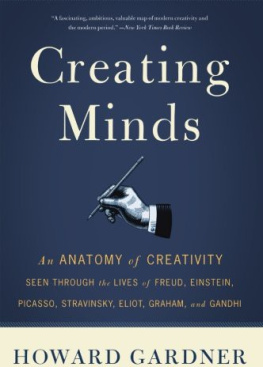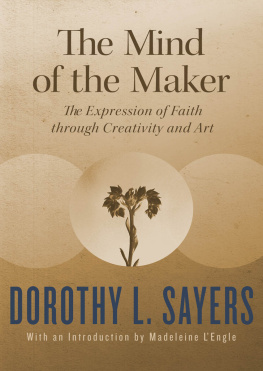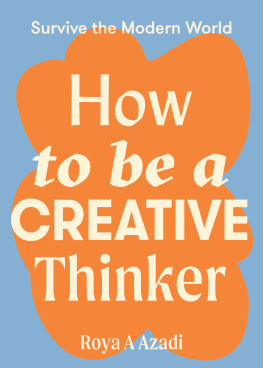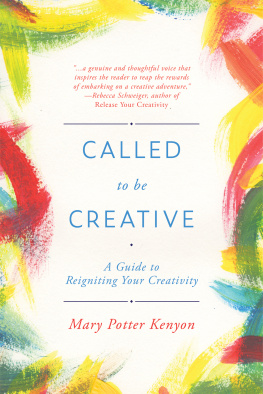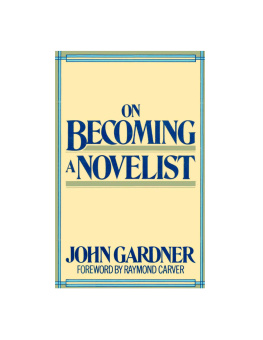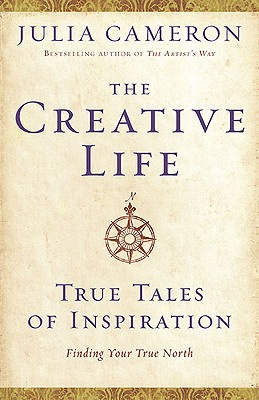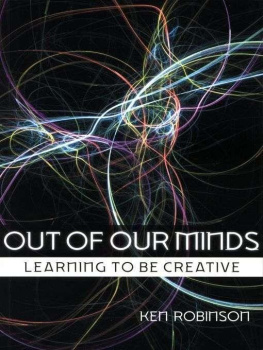Gardner - Creating Minds: An Anatomy of Creativity Seen Through the Lives of Freud, Einstein, Picasso, Stravinsky, Eliot, Graham, and Gandhi
Here you can read online Gardner - Creating Minds: An Anatomy of Creativity Seen Through the Lives of Freud, Einstein, Picasso, Stravinsky, Eliot, Graham, and Gandhi full text of the book (entire story) in english for free. Download pdf and epub, get meaning, cover and reviews about this ebook. year: 2011, publisher: Basic Books, genre: Politics. Description of the work, (preface) as well as reviews are available. Best literature library LitArk.com created for fans of good reading and offers a wide selection of genres:
Romance novel
Science fiction
Adventure
Detective
Science
History
Home and family
Prose
Art
Politics
Computer
Non-fiction
Religion
Business
Children
Humor
Choose a favorite category and find really read worthwhile books. Enjoy immersion in the world of imagination, feel the emotions of the characters or learn something new for yourself, make an fascinating discovery.
Creating Minds: An Anatomy of Creativity Seen Through the Lives of Freud, Einstein, Picasso, Stravinsky, Eliot, Graham, and Gandhi: summary, description and annotation
We offer to read an annotation, description, summary or preface (depends on what the author of the book "Creating Minds: An Anatomy of Creativity Seen Through the Lives of Freud, Einstein, Picasso, Stravinsky, Eliot, Graham, and Gandhi" wrote himself). If you haven't found the necessary information about the book — write in the comments, we will try to find it.
Since it was first published in 1993, Creating Minds has served as a peerless guide to the creative self. Now available as a paperback reissue with a new introduction by the author, the book uses portraits of seven extraordinary individuals to reveal the patterns that drive the creative processand to demonstrate how circumstance also plays an indispensable role in creative success.
From Publishers WeeklyIn this boldly ambitious study, Gardner ( Frames of Mind ) profiles seven creative giants. Creativity, he argues, is not an all-purpose trait but instead involves distinct intelligences, as exemplified by Picassos visual-spatial skills or by Gandhis nonviolent approach to human conflict or Martha Grahams search for a distinctly American form of bodily expression. Each of the seven creative geniuses whom Gardner incisively limns transcended interpretive frames or conventions that became entrenched during the 19th century; each forged a new system of meaning; and each, in Gardners view, struck a Faustian bargain, sacrificing a rounded personal life for the sake of an all-consuming mission. Gardner also finds a childlike component in each of their creative breakthroughs (e.g., Einsteins thought experiment of riding a light-beam). This highly stimulating synthesis illuminates the creation of the modern age. Photos.
Copyright 1993 Reed Business Information, Inc.
It takes chutzpah to come up with a scheme for analyzing creativity--especially in subjects already exhaustively examined. But for psychologist and MacArthur fellow Gardner (Harvard Graduate School of Education), it amounts to a natural progression from his earlier dissections of intelligence: Frames of Mind and Multiple Intelligences argued that, instead of a generalized intelligence, there are at least seven varieties (musical, logical-mathematical, visual, etc.). Here, Gardner chooses prototypes of each variety and provides capsule biographies and analyses along such themes as the child versus the adult creator, and the creator in relation to others and to the work. Gardner finds sufficient commonalities among his seven types of intelligence to provide a synthesis: an exemplary creator (E.C.). This individual (whom Gardner callsshe) is somewhat marginal in the social milieu, born into a reasonably comfortable family away from the creative center (Picasso and Stravinsky moved to Paris, Freud to Vienna...). There may not be much family love and affection but there may be a devoted nurse or a role model. The child is strong-minded and exhibits ability but isnt necessarily a prodigy. She moves into a decade of mastery of the domain and accomplishes a critical breakthrough that may include the affirmation of a few chosen peers (Picasso and Braque; Stravinsky and Diaghilev). Second and third breakthroughs may develop in successive decades until old age takes its toll. The E.C. retains childlike characteristics, including self- centeredness, even exploitation of others (Stravinskys litigiousness; Picassos sadism). E.C.s may make Faustian bargains, often leading to disastrous domestic life and parenthood. One can come up with counterexamples, and argue that there might be Western/20th-century biases at work here. But one has to hand it to Gardner for offering some provocative post-Eriksonian thoughts on creativity that are a lot more stimulating than those that measure creativity according to the100 uses of a safety pin school of thought. -- Copyright 1993, Kirkus Associates, LP. All rights reserved.
Gardner: author's other books
Who wrote Creating Minds: An Anatomy of Creativity Seen Through the Lives of Freud, Einstein, Picasso, Stravinsky, Eliot, Graham, and Gandhi? Find out the surname, the name of the author of the book and a list of all author's works by series.

